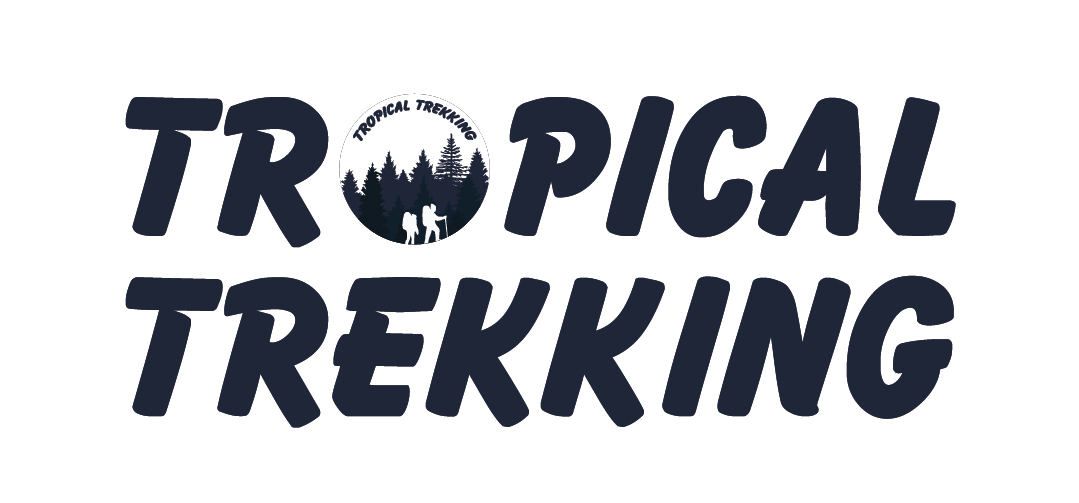SURVIVAL KITS NEEDED WHILE TREKKING
You'll need some handy survival gear to keep you safe whether you're traveling a small distance or camping in a remote jungle. Despite your best efforts, unforeseen overnight stays, severe weather, and injuries can still occur on the hike. Anywhere, at any time, an emergency can happen. Even people with a lot of ability experience it. However, you might have a better chance of escaping disaster if you bring survival gear with you.
The Mountaineers Club, a US-based association for mountaineers, hikers, and outdoor adventurers, developed a list of 10 pieces of essential equipment for wilderness survival in 1930. This list has gradually evolved throughout time to reflect the times. Let's find out how tropical trekking relates to the items on this list.
1. Navigation device
2. Flashlight
3. Clothes, sun hats
4. First aid kit
5. Knife
6. Matches, lighters, tinder and/or stoves
7. Lifesaving blanket
8. Food supplement
9. Add water
10. Complementary clothing

Navigation device
Modern navigation tools include:
Map: A topographic map will accompany you on any trip, compact, convenient, easy to carry, even in areas without waves.
Compass: A compass, combined with a knowledge of map reading, is an important tool if you are disoriented in the backcountry.
GPS devices: GPS devices allow you to find your exact location on a digital map.

Flashlight
Always carry a source of light with you, especially at night or when caving. Using headlights is the best option. They enable you to free up your hands to perform other things. Before leaving, remember to check your batteries. Consider bringing extra batteries.

Sunscreen
The worst killer of your skin is harmful UV radiation. To protect your skin, always put on a hat with a brim and sun protection clothes. You can get specific UV-blocking clothing if you suffer from other conditions. When exposed to direct sunshine, applying sunscreen and wearing sunglasses are additional excellent defenses against skin and eye illnesses.
First aid kit
A safe medication for your life in an emergency is to prepare a little first aid kit suited to your particular needs. The kit should contain supplies, tools for treating blisters, bandages, adhesive bandages, antiseptics, painkillers, etc. Keep in mind that the quantity of your first aid kit will depend on how long and dangerous the journey is.
It is important to have a first aid kit on hand and be familiar with its contents. First aid kits that have already been put together eliminate the guesswork involved in making your own, while many people customize these kits to meet their unique needs. Any kit should to contain antiseptic ointment, over-the-counter painkillers, some gauze pads, adhesive tape, blister treatments, adhesive bandages of various sizes, a pen, and paper. Gloves made of nitrile should be included as well.
The length of the trip and the number of participants will affect the contents of your kit. It's also a good idea to carry some sort of compact guide for handling medical emergencies.
Knife
Knives are a need for any outing since they come in handy for repairing devices, preparing food, providing first aid, lighting a fire, and other emergency needs. Every adult in your party needs to have a knife on them.
You should bring a foldable knife for your quick foray. A bigger knife can be required if you're traveling alone to cut firewood. When you fly, don't bring a knife. Knives should be packed in checked luggage if you're flying.
Fire
It is essential to have fire tools on hand. You can use fire to cook, warm up, send out SOS signals, etc. Bring lighters, matchboxes, and other items. Do not forget to keep them in a dry, watertight location. On wet days, don't forget to bring tinder to start the fire. I warned you that a piece of tire plastic would burn quickly and be quite sharp.

Lifesaving blanket
The life-saving blanket will protect you from wind, rain, and keep your body temperature if you are accidentally trapped, injured or lost. Compact, lightweight life blankets are easy to carry around, and they can become an emergency shelter.

Complementary food
You should bring extra food for yourself and your companions. To avoid an accident that makes your trip last, you still have enough food to sustain. The energy bars, nuts, dried fruits, ... are quite compact and provide adequate nutrients.
Water
A person needs 1.5l-2l water/day, remember it's important to bring enough water. If you know the route well and know where the streams have water, then you should bring a water purifier. And don't forget to bring a water bottle.

Clothes
Why carry extra clothing? The weather can change quickly and in ways that are unexpected. Having a change of clothes will make the following journey much more pleasant if it rains or you get stuck in a mud puddle. Women who are approaching their periods in particular should take additional care to prepare.


